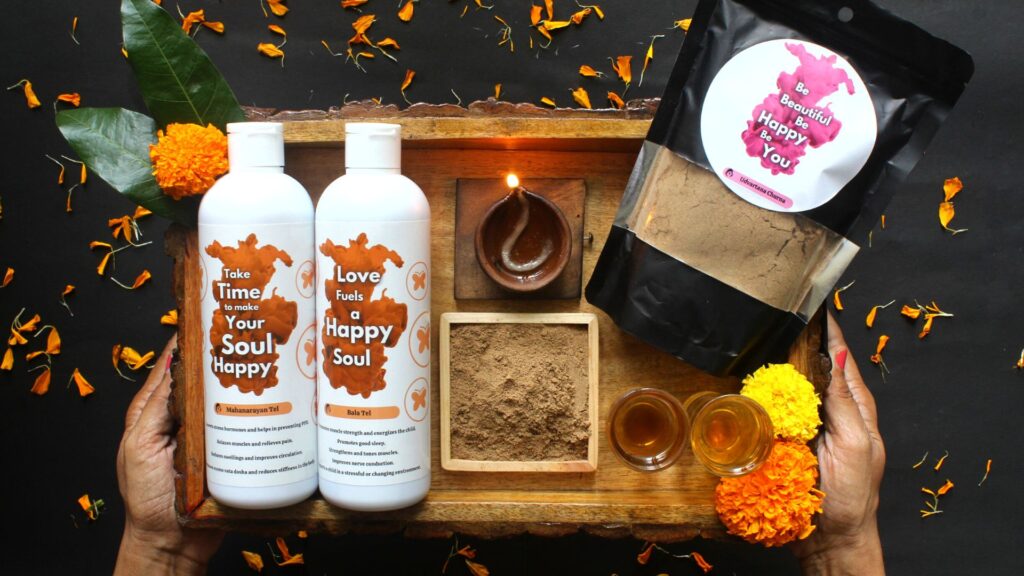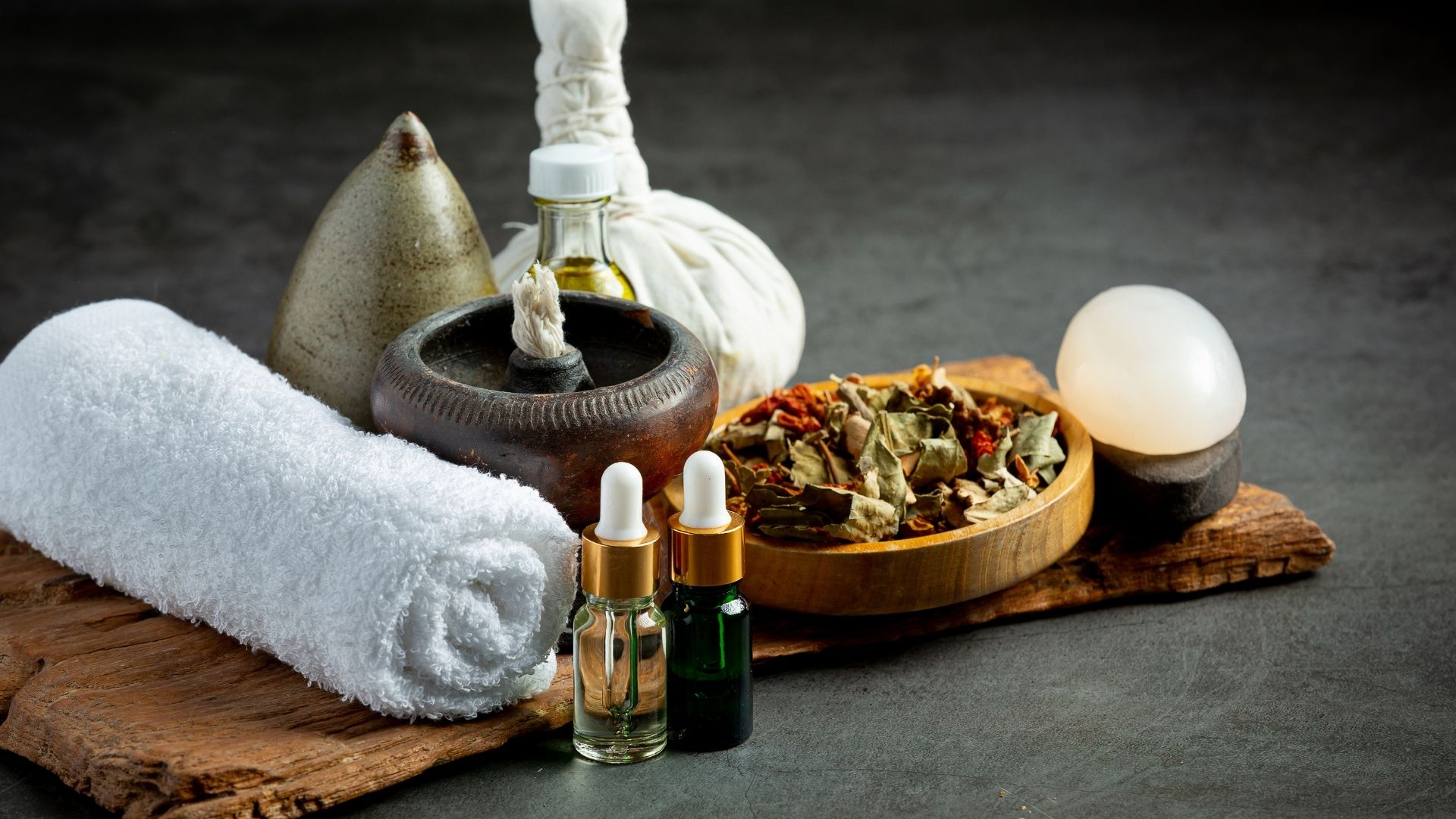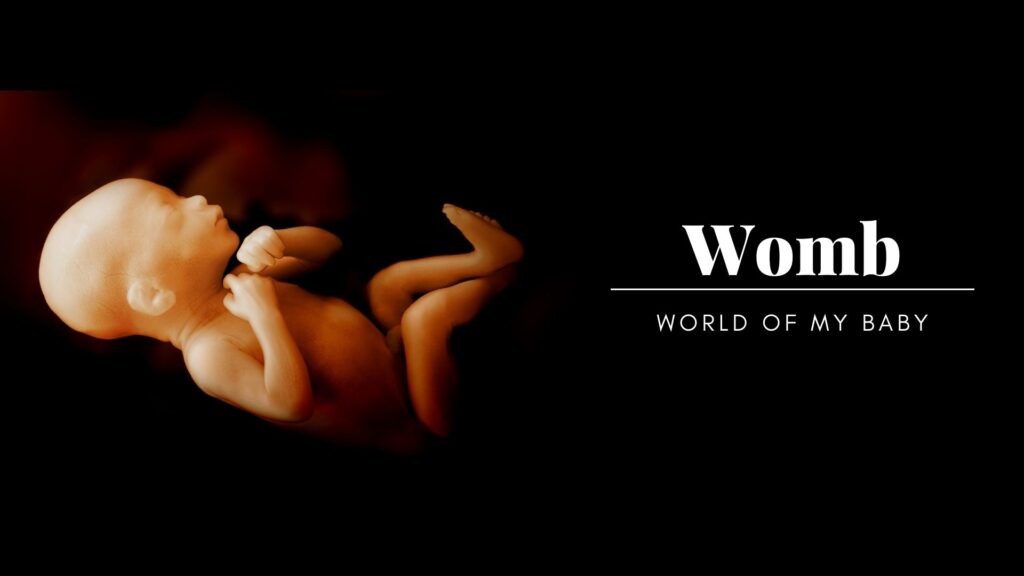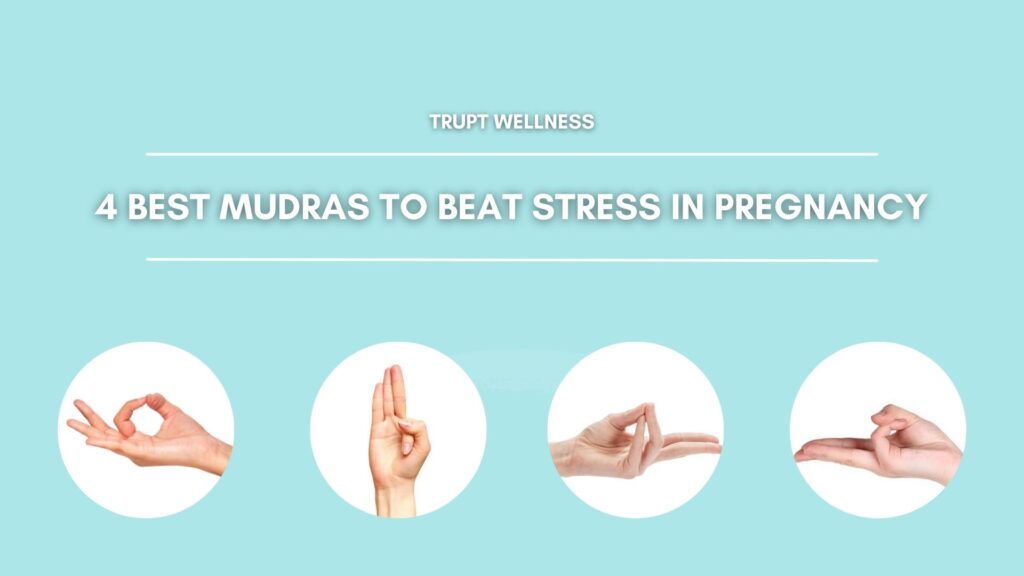
Abhyanga Snanam – Ayurveda’s take
For many out there Diwali is the festival of lights. But If you ask me what is Diwali, I would say “Diwali is a wisely

Childbirth and the new happiness in life are dreamlike, but one cannot deny the fear of disproportionate body structure too. Getting back to the desired ratio and fitness is always on the list and post-pregnancy it becomes a goal. As and when a woman gets pregnant her strength is utilized in the nourishment of the fetus. Later, her energy is utilized in the prolonged process of labor and childbirth. Contractions, pain, bleeding, distension of the uterus all these factors give her excessive fatigue and make her very weak and exhausted. This is the high time where she can come across various types of complications like infection, sub involution of the uterus, post-partum hemorrhage, etc.
Also, neonatal health i.e. health of your baby depends on the mother’s health. To summarize, Postpartum care is equally important as that during pregnancy and delivery.
With the celebration and happiness of welcoming new life in the world, family and loved ones also should take care of the new mother of the family. The first 10 days are specifically crucial as the process of labor she has fought through and the ongoing bleeding makes her enervated. There is a lot of deterioration of physiological elements in her body and hence she demands and deserves specific care.
6 weeks after delivery are very crucial & delicate and need the utmost care. These 40 days are going to decide or determine your future health for the next 40 years. Ayurveda’s “sutika paricharya’ i.e. Regimen in puerperium / postpartum regimen / post-delivery care is divided into 2 parts – special dietary regimen and lifestyle regimen.
This process is divided into 3 parts
1. First 10 days after delivery.
2. Next 30 days i.e. 6 weeks after delivery.
3. Till the women gets her menses back.
Self-application of oil to the whole body, or with external help is termed abhyanga.
Every morning, the mother should apply oil, especially on the areas like the lower back, stomach, or abdomen, breasts followed by a light massage so that the oil is absorbed properly in the skin.
Oil massage on breasts helps to prevent milk lump formation and reduces breast engorgement, continuing the smooth supply of milk.
Invest 25-30 minutes in the process.
One can start abhyanga from the 3rd day onwards in case of normal delivery.
in the case of cesarean section start from the 7-10th day onwards, yet seek the advice of your doctor as it depends on the healing of stitches.
In the winter or rainy season, use cold-pressed sesame or til oil as it is best vatashamak means i.e. it reduces dryness and provides oleation to the skin. In summer, use cold-pressed coconut oil.
Using warm oils is recommended. Do not expose oil to direct heat, instead place the oil bottle in hot water and then use.
After oil application waits for 1-1.30 hrs and then take bath with warm water.
Instead of soap, use herbal powder mixture i.e. ubtan/utane which helps to maintain the moisture of skin and balances vitiated vata dosha.
You can also use gram flour and milk cream as it helps to reduce the appearance of stretch marks and tones the loosened skin.
Fumigation with medicated herbs to disinfect the surroundings, clothes of mother and baby.
1. Vidanga (embelia ribes) i.e. black pepper, vaavding (Marathi)
2. shatapushpa (Anethum graveolens) i.e. dill seeds or bishopweed, balantshepa (Marathi)
3. guggulu (commiphora mukul), guggulu dhup or uda (marathi)
4. yavani (trachyspermum ammi) i.e. carom seeds, ova (Marathi), ajwain (hindi)
These drugs are anti-microbial, anti-inflammatory.
They have analgesic action and pacifies vata dosha in the body.
Dhupan is advised to be done daily after bath as bath opens the pores of your skin and it will increase the absorption of drugs. For normal delivery, we can start dhupan from the 3rd day onwards, and for cesarean delivery consult your doctor.
1. dhupan patra – any metal utensil.
2. Properly sundried Cow dung cake pieces.
3. Wooden charpai or cot.
4. Thin bedsheet.
Step 1 – Place dung cake pieces in Dhupan patra.
Step 2 – Lit the fire with the help of paper or some organic dry stuff.
Step 3 – Let the fire set into full flames and cover the dung cakes completely.
This will take 10-12 minutes.
Step 4 – Let the fire cease.
Now, these dung cakes are ready for dhupan.
Make sure that all the doors and windows are closed to avoid direct breeze to enter.
Step 5 – Place the dhupan Patra at such a height that fumes should reach up to the body of the mother.
The woman should wear slippers and loose, open clothes like a long skirt.
Step 6 – Sit properly on the bed, place dhupan patra on a metal / wooden stand in front of you, and put the drug seeds gradually.
Focus on every body part one by one.
Step 7 – Close your eyes and start by exposing your face first. Allow the medicated fumes to enter your ears and nose as vata dosha seats at such hollow spaces.
Step 8 – Expose palms and fingers as relaxation of smaller joints like wrist and carpals is necessary, further expose complete hand.
Focus on the sole and both legs similarly.
Step 9 – Sit on the cot in a crouching position, spread the skirt such that fumes should enter up to the vagina from beneath.
Do wear thin innerwear so that direct heat of fumes should not harm the delicate organs. This yoni dhupan helps to prevent genital infection and puerperal sepsis.
It also helps in wound healing in the perineal area.
Due to its analgesic action, it also reduces udar shoola i.e. after pains caused due to retraction of the uterus.
Now, focus on the whole body.
Step 10 – Spread a thin cotton bed sheet or a cloth on the cot.
Step 11 – Lie down in a supine position and cover another cloth on the body from above.
Now repeat the procedure of dhupan to all areas of the body for 2-3 minutes each.
Step 12 – Starting from the head keep on shifting the dhupan patra and keep on putting the herb seeds in the burning dung cakes.
Shift to the neck and shoulder area then to the back, this helps to cope with the back pains due to breastfeeding.
Step 13 – Next come down to the lower back, hips, and buttocks, which have taken maximum pressure at the time of labor.
Step 14 – Now shift to the knees and focus on all joints very neatly and precisely as dhupan and abhyanga of the joints at this time will determine your future bone health.

For many out there Diwali is the festival of lights. But If you ask me what is Diwali, I would say “Diwali is a wisely

As the best parent, everyone tries to protect their child in all possible ways. Our parents did the same to us and still do it.

Besides being a Doctor, like every other pregnant woman I too had a lot of confusion regarding what essentials I should have to make my

As a mother, I always had a hundred thoughts in my mind during my pregnancy. I always wanted to be sure about whether my baby

Are you dealing with stress in pregnancy? Have you ever desired for a quick and easiest remedy to charge you up in those depressed and
Copyright © 2021 truptwellness | Powered by truptwellness
Any questions? Click for Consultation.
One Response